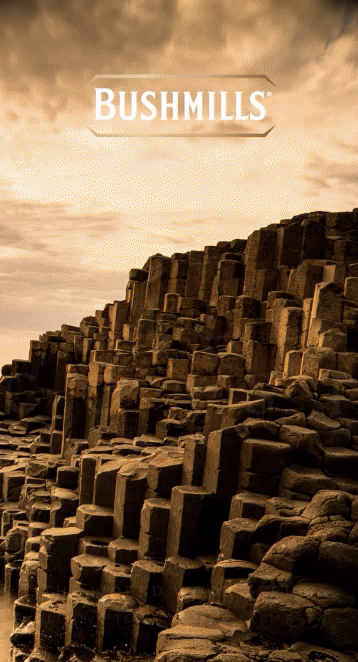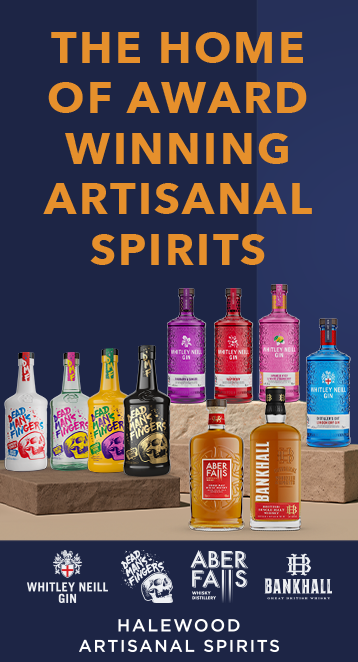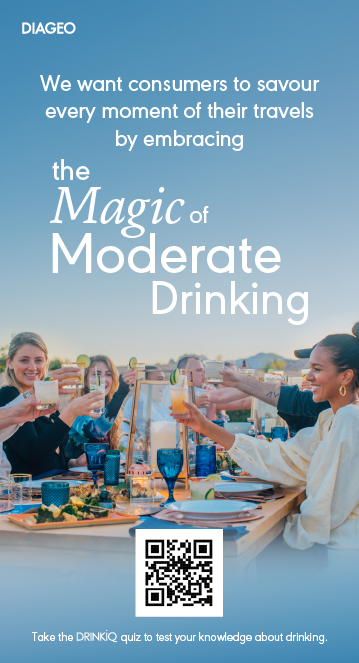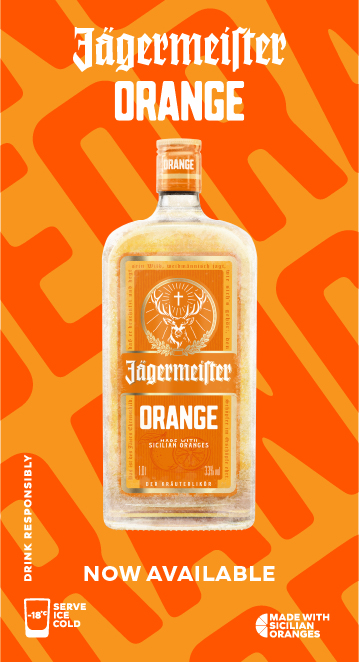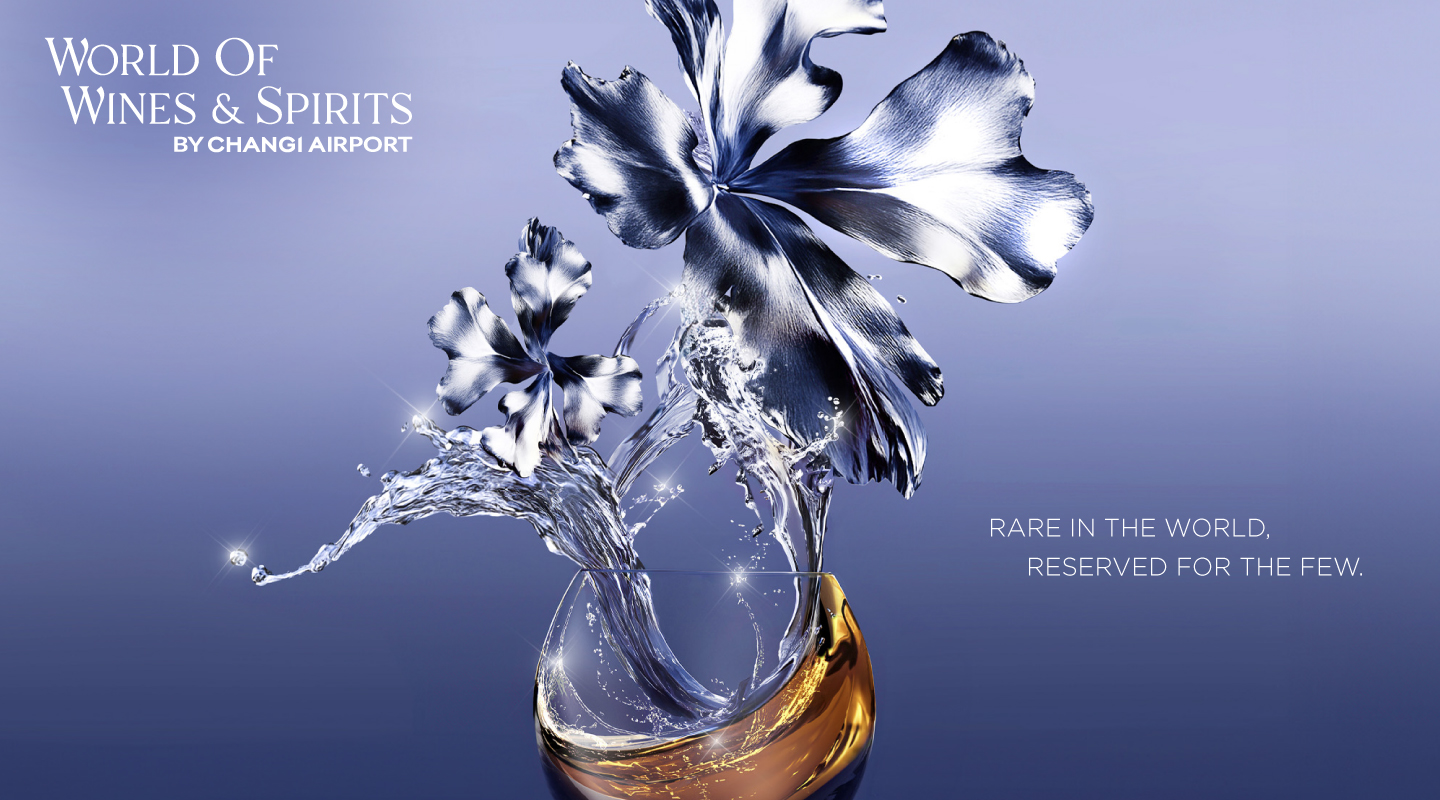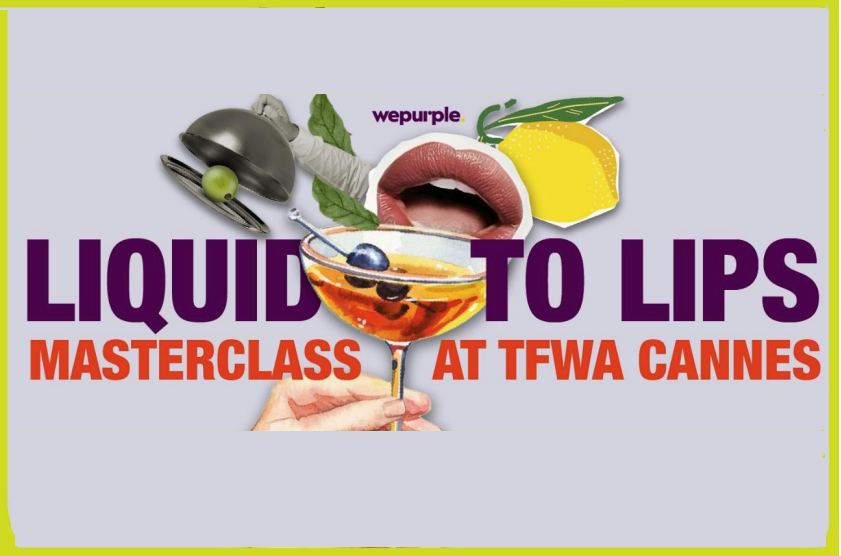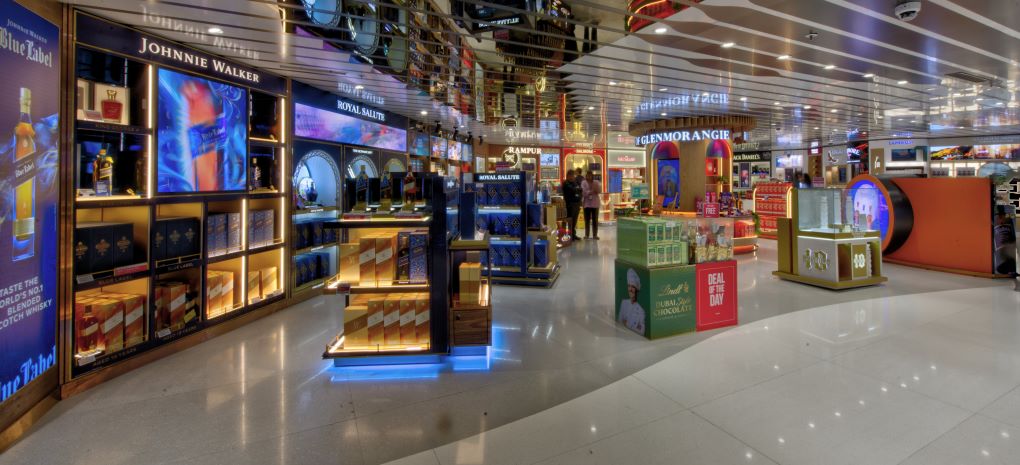It’s time for tequila in travel retail. That was the message from both Brown-Forman and Patrón Spirits, as the two companies showcased their respective brand identities and category ambitions on a joint media visit to Mexico after last month’s IAADFS Duty Free Show of the Americas.
 |
Mi casa es su casa: Brown-Forman kicks off last month’s tequila immersion at Casa Herradura |
The “˜tequila immersion’ included a tour of both the Casa Herradura distillery (Casa Herradura was acquired by Brown-Forman in 2007) and the Hacienda Patrón. In terms of history and heritage, the two houses could not be more different. Herradura Tequila has been crafted in Jalisco since 1870, while Patrón – headquartered in Las Vegas – was not even formed until 1989. What both companies share, however, is a deep-seated respect for tradition; an unwavering commitment to quality; a unique ultra-premium tequila portfolio – and an unshakeable belief in the potential of the category within global travel retail.
 |
 |
It’s all about the agave: Casa Herradura’s stunning Jalisco lowland fields |
 |
To the saddle born: Patrón’s John Kilmartin and Brown-Forman’s Rick Bubenhofer |
“We see exciting opportunities for tequilas around the world, as it is a category with the potential for significant growth,” noted Brown-Forman Marketing Director Global Travel Retail, India, Middle East, Africa Tim Young. “Our tequilas – Herradura and el Jimador – are being discovered and embraced by consumers seeking products of high quality and versatility that are truly authentic. Because of this, we are focusing our tequila marketing on a variety of key international markets across the globe.”
 |
 |
The jimadores harvest the agaves, accessing the core (piña) with their super-sharp coas |
Young continued: “Travel retail is a terrific tool for allowing us to gain awareness and trial for Herradura and el Jimador with international travellers at major airports around the world”¦We use international airports as an educational opportunity that allows us to sample Herradura and el Jimador and explain the importance of being 100% agave, with a strong heritage and tradition.
 |  |
Mann at work: The Moodie Report’s Executive Director – Editorial tries her hand in the field | |
“Airports offer a wonderful showcase for our tequilas,” Young concluded. “They are dynamic locations where we use marketing tools such as permanent displays, shelf merchandising and sampling opportunities to immediately convert trial to purchase. The more international travellers are exposed to the history, traditions, authenticity, versatility and taste of tequilas, the more likely they are to embrace it.”
 |  |
Breakfast of champions: the media join the jimadores for an al fresco feast | |
There was certainly no shortage of exposure or embrace in Mexico, as the travel retail media began their first full day of tequila immersion with a memorable horseback visit to Casa Herradura’s agave fields. Tequila Herradura is crafted using only the most mature blue agave, which is grown in lowland fields owned by the company, that stretch as far as the eye can see.
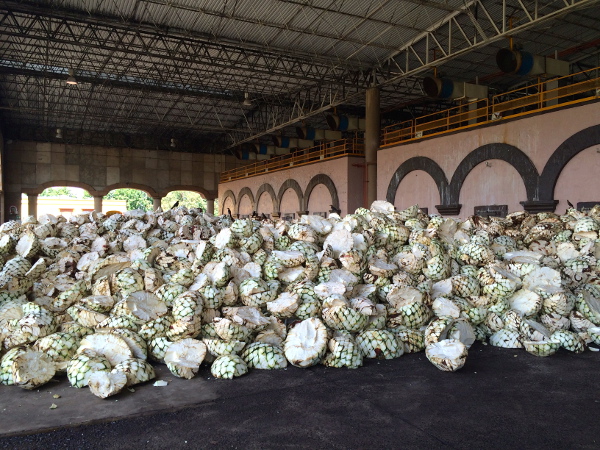 |
The agave piñas, ready for baking in Casa Herradura’s traditional clay ovens |
Casa Herradura maintains over 15 million agave plants, at every stage of maturity. Lowland agave produces a drier, more rounded flavour, the brand maintains, which Herradura then enhances with its barrelling process. The agave that grows in Jalisco today is propagated from the original plants grown on-site since 1870.
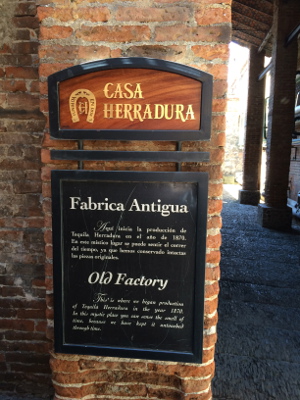 |  |
Tequila ambassador Pedro and mascot deliver elevenses Herradura-style, following a tour of the Casa’s original Taberna factory, built in 1870 and preserved for present-day visitors | |
 |
A highlight of the tour is the old tahona wheel, formerly pulled by donkeys, oxen or workers |
Casa Herradura’s agave is hand-harvested by jimadores, after which the core (known as the piña, which weighs between 80lb and 250lbs) is slowly baked in traditional clay ovens. It is then crushed and fermented with wild, naturally occurring yeast produced by the agave plantations and fruit trees surrounding the Herradura distillery. There are 62 fermentation tanks on the Casa ground, which hold a total of 1.14 million gallons.
After fermenting, the mosto (agave juice) is heated at lower temperatures than modern production dictates, thereby allowing it to reach a lower proof, to preserve the complex flavour elements of the juice. The mosto is then distilled twice, tasted and reviewed, before being barrelled for ageing.
 |
 |  |
Master Distiller Maria Teresa Lara (above) leads a tasting of different Herradura expressions | |
With the exception of Blanco, all of Herradura’s expressions are aged in charred American White Oak barrels, to complement the agave’s citric flavour. Each of Herradura’s tequilas are aged longer than the industry standards require, which results in smoother, more robust flavours, the brand maintains.
The final stage – the bottling – also takes place on the Casa grounds. Each bottle features a large, horseshoe inset (Herradura means “˜horseshoe’ in Spanish), which points downwards so that “good fortune may pour out” for all who enjoy Herradura tequila.
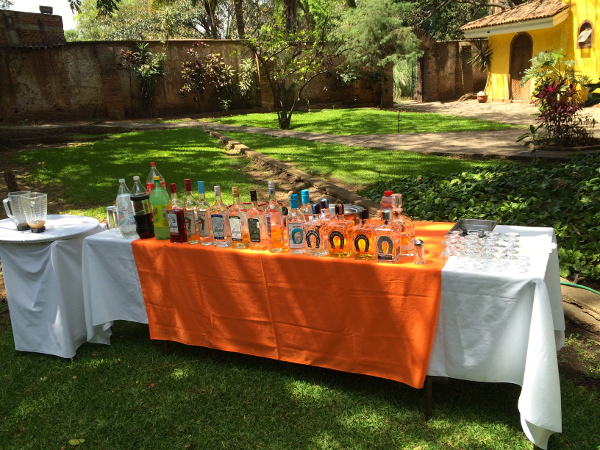 |
 |  |
Journalists enjoy a traditional lunch in the Casa’s beautifully-kept gardens | |
The bottles are finished with a coloured, embossed ribbon seal that references the specific tequila expressions within, such as Herradura Añejo, Herradura Reposado, Herradura Silver/Blanco, Herradura Selección Suprema and Herradura Colección de la Casa.
From start to finish, it’s a fascinating process that gives life to a brand story that Brown-Forman is understandably keen to tell, as it looks to convert new customers and grow its tequila business in travel retail.
The company concluded its section of the tequila trail with a tasting of Herradura expressions, led by Master Distiller Maria Teresa Lara, followed by a traditional al fresco lunch in the Casa’s garden.
Patrón powers on
And so to Patrón – a relative newcomer in tequila terms – which has nonetheless made huge strides in the travel retail channel since targeting international expansion. Patrón made its name as the creator of the world’s first ultra-premium tequila. More recently the house extended its portfolio with the Roca Patrón collection – an artisanal, small-batch line of tequilas produced from the labour-intensive, centuries-old tahona (wheel) process. It was released in the US domestic market in 2014 but elsewhere in the world is a travel retail exclusive.
 |
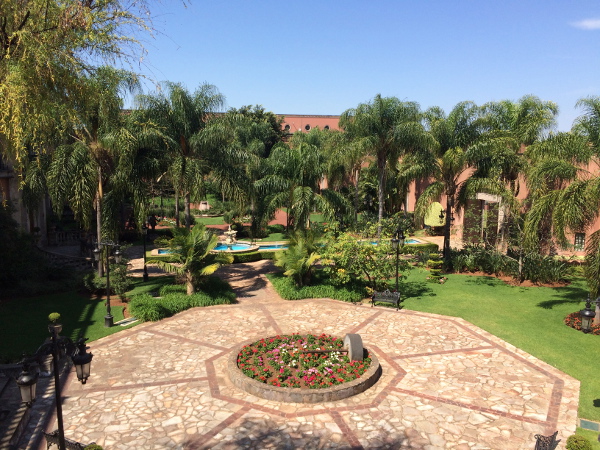 |
Day two on the tequila trail begins at the Hacienda Patrón |
In Mexico, Patrón treated journalists to an extensive tour of the Hacienda and its manufacturing facility, in particular explaining in detail the difference between its roller mill and tahona crushing methods; what makes its agave so special; and the quality and craftsmanship behind the ultra-premium price tag.
 |
Patrón tequila is produced from blue agave grown in the Los Altos area of the Jalisco Highlands |
Patrón’s tequila is produced from Weber Blue agave grown in the Los Altos area in the Jalisco Highlands – which it maintains is the variety’s premier growing region because of its unique red soil that is rich in iron oxide with a clay-silt mixture said to enhance the plant’s growing capability.
 |
 |
 |
Patrón is the largest tahona tequila producer in the world |
Once harvested, Patrón’s agave piñas are slowly steam baked in small-capacity brick ovens, a lengthy process that takes around 79 hours. This slow cooking creates the unique flavour compounds that contribute to the aroma and taste of Patrón tequilas, the brand maintains; which is why the house never uses faster, cheaper cooking methods such as autoclaves or diffusors.
 |
Patrón is distilled in stills designed by Master Distiller Francisco Alcaraz |
But it’s after the cooking that things get interesting, thanks to the fact that Patrón uses two separate crushing processes that marry old world tradition and modern technology. The roller mill separates agave syrup from agave fibre, while the (slower) tahona mill keeps them both together. Each process contributes different flavours, aromas and tastes to the final product. Patrón is the largest tahona tequila producer in the world, with up to 10 tahonas working continuously.
 |
Journalists enjoy a tasting of both roller mill and tahona tequilas |
Tequila produced from both processes is combined to create Patrón’s core tequilas, and Gran Patrón Platinum and Burdeos. Roca Patrón is produced entirely from the tahona process.
 |
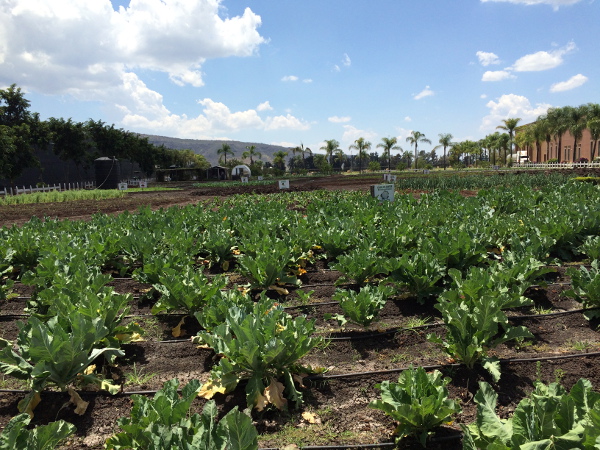 |
100% of Patrón’s agave fibre is transformed into usable compost, which is donated to its agave farming partners, and used at the Hacienda’s on-site allotment |
“Roca literally means rock, and is a reference to the volcanic stone of the tahona wheel that crushes the cooked agave from which this collection is made,” Patrón Spirits President – International and Global Chief Operating Officer Dave Wilson told The Moodie Report. “With this method the agave juice is reabsorbed into the fibre [bagasse], which results in an earthy, complex taste.”
 |
Patrón tequila is inspected and bottled at the Hacienda; 60 hands touch every bottle |
The two roller mill/tahona processes continue with separate fermentation, although both take place within small-capacity pine wood fermenters – as opposed to stainless steel tanks – which promote slow even fermentation, but are costly to install and maintain. Afterwards, roller mill distillation is conducted without bagasse, which produces a fruitier flavoured distillate. For the tahona process, the first distillation is done with a mixture of mosto and bagasse in small stills under 800 litres in capacity, which produces a more herbaceous, agave flavour.
 |
Journalists enjoy a pre-lunch tasting of the new Roca Patrón collection |
After distillation, Patrón uses several different types of barrels, with varying toast levels, to give its core aged tequilas different flavour characteristics. These include new French oak, used American oak and new Hungarian oak.
 |
 |
 |
A Mariachi band serenaded guests during a leisurely lunch on the Hacienda Patrón terrace |
As with Brown-Forman, following a tour of all the Casa’s facilities (including the bottling plant, a chapel and its reverse-osmosis recycling system) Patrón treated journalists to two different tastings: the first to experience the difference between roller mill and tahona tequilas; the second to sample the Roca Patrón collection.
 |
 |  |
Mixologist Andres Moran (above left) ably demonstrates the versatility of Patrón with a number of different cocktails, including an Old Fashioned made with Gran Patrón Piedra (above right) accompanied by a chocolate brownie served with agave ice-cream | |
 |
Guests charge their glasses to toast the continued success of tequila in the travel retail channel |
The tastings were followed by a private tour of the Casa’s living quarters, and a lunch on the terrace (complete with full Mariachi band) which showcased the versatility of the Patrón portfolio in terms of cocktails and cuisine.
In summary, forget all notions of shots and slammers. The sip-grade tequilas of Brown-Forman and Patrón are smooth, sophisticated and as suited to drinking with food as they are to being savoured solo. Crucially, the brands believe, they also represent great incremental growth opportunities in travel retail, as operators and passengers alike seek diversity and differentiation – particularly within spirits and wines.
“We are in the middle of a tequila evolution,” concludes Patrón Global Director Travel Retail John Kilmartin. “It’s the right time to introduce new products such as Roca Patrón, which has exceeded our expectations. It’s the right time to re-tell the tequila story.”



